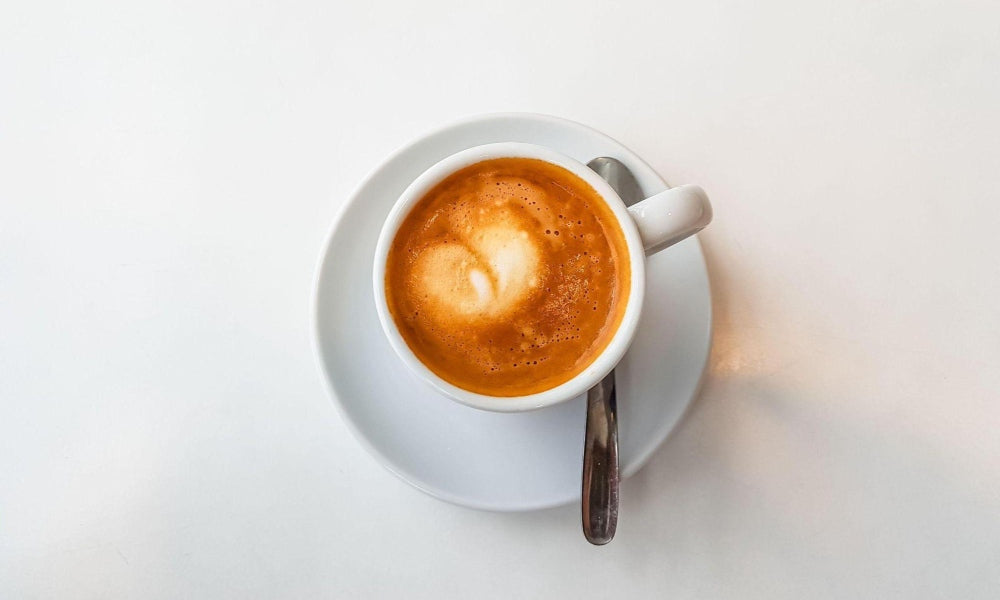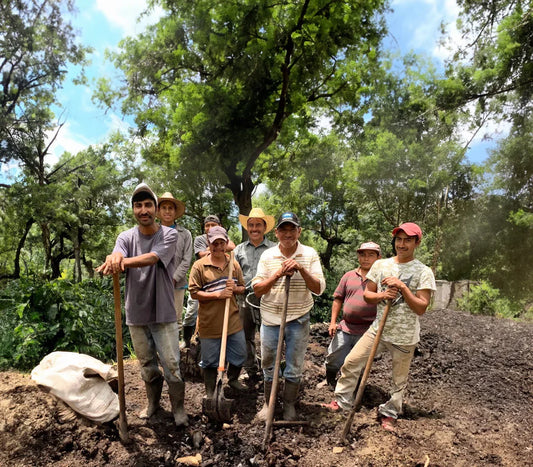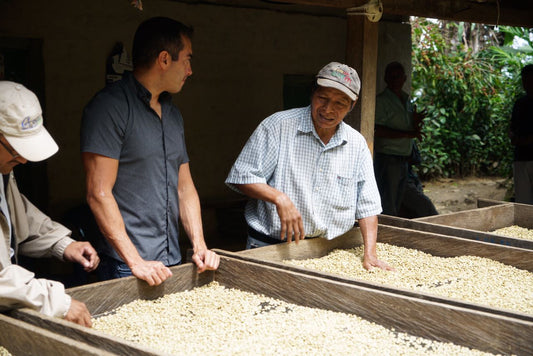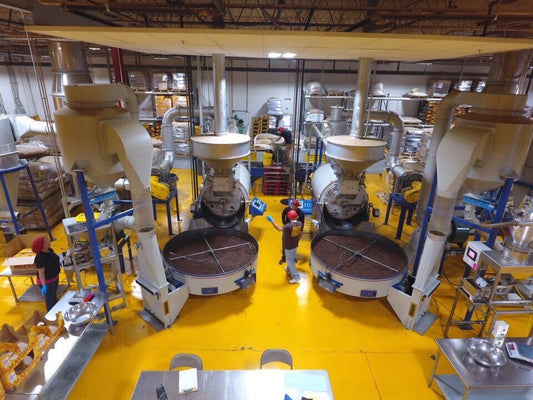
The Difference Between Café con Leche and Cortado
Clearing up confusion around two of the world’s favorite coffees.
Jump to:
It's no wonder these two coffees are so popular. Few would argue against the fact that coffee and milk are a match made in heaven.
The sweet, creaminess of the milk provides a perfect counterbalance to the bitterness of coffee, while adding body and texture in the form of foam, leading to a delicious, comforting and irresistible drink.
In Latin America, two of the most popular versions of coffee with milk are café con leche and cortado. They are staples on coffee shop menus across the continent, each offering both a morning pick-me-up and an opportunity to socialize and share moments with friends.
Having grown up around them and seeing them as an important part of daily life, most Latinos don’t even need to consider the differences between cortados and cafés con leche – they know exactly what they're asking for.
However, some countries have a slightly different take on the drinks, which can make it a little confusing when looking to order a cortado or café con leche from one place to the next.
So, to remove any doubt, we’ve put together a simple guide to ensure you always know the differences between these two delicious drinks.
What Is a Cortado?
Not too strong and not too creamy, a cortado is a great choice for a discerning palate, searching for balance.
The name "cortado" refers to how coffee is cut with milk. It typically involves mixing equal parts espresso and steamed milk, with a small amount of foam on top. A double espresso is the most commonly used measure for the coffee and it is usually served in a small cup (an espresso cup) to keep it nice and warm.
However, unlike its standardized Italian cousin – the macchiato – a cortado can be prepared in a number of ways. In Costa Rica, for example, it usually consists of a shot of espresso with one ounce of milk.
This is because “cortado” can sometimes be used simply to refer to black coffee with a small dash of milk, rather than a specifically measured drink.
A US variation that was inspired by the Latino cortado is the “Gibraltar”.
This variation, which was supposedly invented by Blue Bottle Coffee in San Francisco in 2005, is served in a four and a half ounce Libbey Gibraltar glass tumbler, and features two shots of espresso and two shots of steamed milk. It’s for this reason that in many “third-wave” coffee shops, you will find the cortado served in this glass.
However, as Latinos will know, this is uncommon in Latin America.

What Is a Café con Leche?
Few drinks are more iconic than the café con leche. A larger, creamier, and more mild version of a cortado, café con leche is typically prepared with black coffee and warm (sometimes steamed) milk. It is usually served in a large cup and can sometimes be topped with foam.
The ratio of coffee to milk varies greatly according to each person's preference, although one part coffee and two parts milk is widespread.
The thin layer of foam can also be flavored with syrups or toppings. Variations of the traditional café con leche involve adding chocolate, caramel, cinnamon, or nutmeg.
However, most recognize that its beauty lies in its simplicity: you don't need any fancy equipment to make it. A stovetop moka pot is ideal, but you can pretty much opt for anything you have at hand, from a traditional coffee maker to an on-the-go AeroPress.
The café con leche is an ideal option for those seeking a tasty and pleasant coffee throughout the day. It provides a balanced combination of flavors and aromas that make it a favorite of both coffee connoisseurs and occasional drinkers.
What Is the Difference in Taste Between Cortado and Café con Leche?
When it comes to a café con leche and a cortado, there are clear differences in flavor profiles.
As the café con leche is usually prepared with steamed milk and a layer of foam, the beverage acquires a creamy and frothy texture, making it a popular choice for those who enjoy sweet and smooth coffees.
In the case of a cortado, the proportion of milk is lower, a stronger, slightly bitter flavor is produced, due to the high concentration of espresso. The espresso crema also provides a velvety texture, different from the creamy texture of café con leche.
How to Choose the Best Coffee for Cortado and Café con Leche
Like many coffee-based drinks with milk, a dark roast coffee tends to work best for both cortados and cafés con leche. This is because the sweetness of a dark roasted coffee complements the hot milk, creating a comforting drink that can be enjoyed morning, noon, or night.
Overall, both beverages offer unique and delicious experiences. The café con leche is a great option for those looking for a sweet and smooth cup of coffee, while the cortado is perfect for those looking for more intense flavors. Ultimately, it all depends on personal preference and which of the two beverages you like best.
If you’re searching for the perfect coffee to make a cortado or café con leche at home, then look no further. Mayorga Coffee’s Café Cubano Roast is rich and bold, with a smooth finish that pairs well with hot steamed milk.


